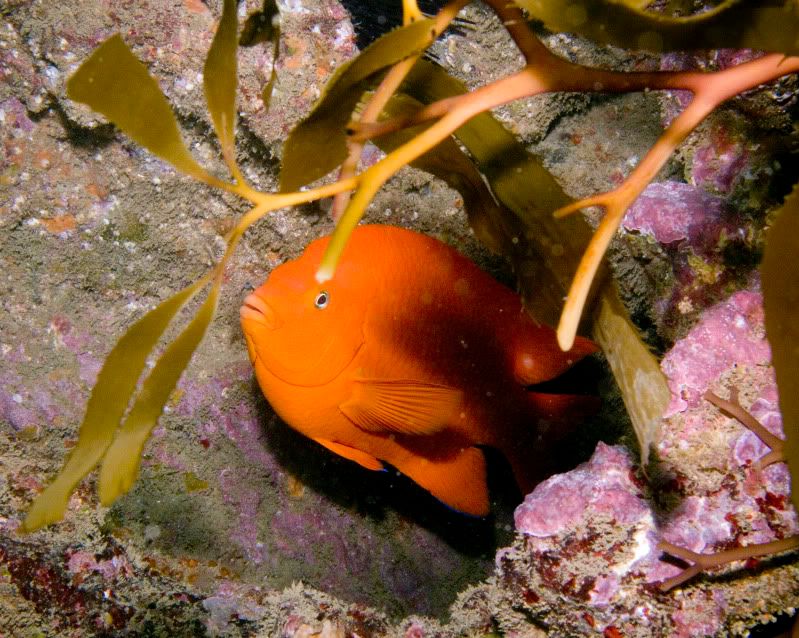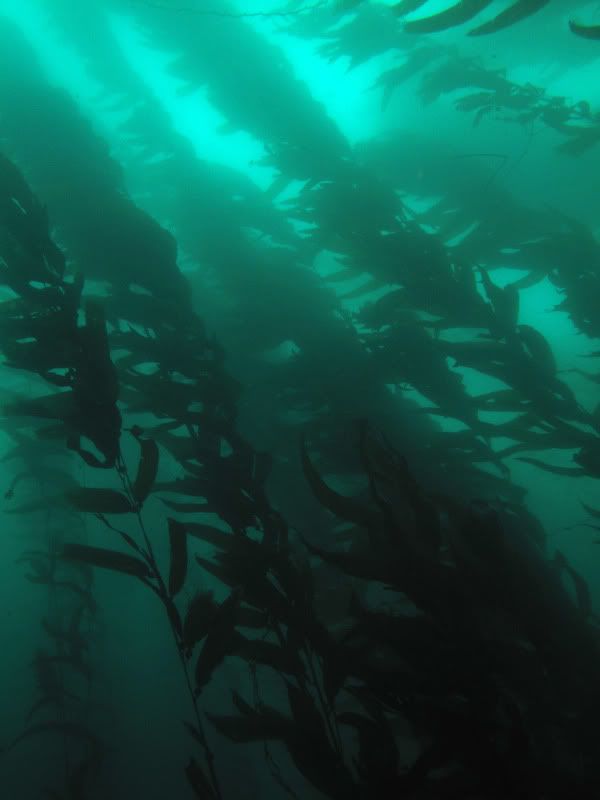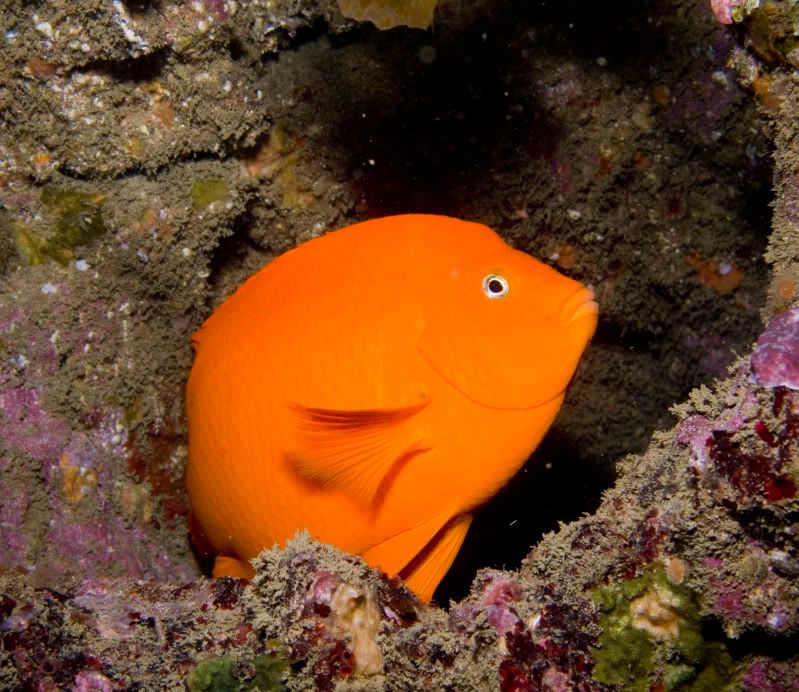FrankPro1
Contributor
Recent data shows the Blue Ribbon task force is considering shrinking the areas off of the Palos Verdes peninsula that will be protected and will then make some reserves larger in other parts of the South Coast Region. Regardless of which proposed map you support, the creation of MPA's on the Palos Verdes peninsula is crucial for the sustainability of the region. If you support the creation of MPA's in any form "Map 1,2 or 3" on the Palos Verdes peninsula please write to: MLPAComments@resources.ca.gov, with your concerns.
-----------------------------------------------------------------------------------
After a month of being dry, I finally was able to get back to Long Point. Enter/Exited at the point. Visibility was a solid 20ft but very dark due to overcast skies. Didn't really stop to take many pictures, but I've included a few below.

Sea Life:
Juvenile Fish: Sheephead, KelpFish, Painted Greenling, Blacksmith, Perch "maybe Surf or Zebra?", Treefish
Adult Fish: Barred & Kelp Bass, Blacksmith, Barracuda, Garabaldi, Sheephead, Senorita, Wrasse, Opal Eye, Copper Rockfish, Black Perch, Painted Greenling
Gobi's: Black Eye, Zebra, Blue-Banded
Nudibranch's: San Diego Dorid, Yellow Dorid, Spainsh Shawl, Hudson's Dorid, Yellow Spotted Cadlina, Limbaugh's Cadlina, Odhner's Dorid, Diaulula nobilis, Nudibranch Eggs
Other: Zoanthid Anemones, Aggregating Anemone, Club-tipped Anemone, Giant Keyhole Limpet, Chestnut Cowry, Kellet's Whelk, Warty Sea Cucumber California Sea Cucumber, Purple/Red/Crowned Urchin, White Sea Urchin, Blood Star, Short Spined Sea Star, Sunflower Star, Giant Spined Star, California Sea Hare, Golden/Red/Purple Gorgonians, Lobster "inside trap"
Algae: Macrocystis Kelp, Prionitis lyallii




-----------------------------------------------------------------------------------
After a month of being dry, I finally was able to get back to Long Point. Enter/Exited at the point. Visibility was a solid 20ft but very dark due to overcast skies. Didn't really stop to take many pictures, but I've included a few below.

Sea Life:
Juvenile Fish: Sheephead, KelpFish, Painted Greenling, Blacksmith, Perch "maybe Surf or Zebra?", Treefish
Adult Fish: Barred & Kelp Bass, Blacksmith, Barracuda, Garabaldi, Sheephead, Senorita, Wrasse, Opal Eye, Copper Rockfish, Black Perch, Painted Greenling
Gobi's: Black Eye, Zebra, Blue-Banded
Nudibranch's: San Diego Dorid, Yellow Dorid, Spainsh Shawl, Hudson's Dorid, Yellow Spotted Cadlina, Limbaugh's Cadlina, Odhner's Dorid, Diaulula nobilis, Nudibranch Eggs
Other: Zoanthid Anemones, Aggregating Anemone, Club-tipped Anemone, Giant Keyhole Limpet, Chestnut Cowry, Kellet's Whelk, Warty Sea Cucumber California Sea Cucumber, Purple/Red/Crowned Urchin, White Sea Urchin, Blood Star, Short Spined Sea Star, Sunflower Star, Giant Spined Star, California Sea Hare, Golden/Red/Purple Gorgonians, Lobster "inside trap"
Algae: Macrocystis Kelp, Prionitis lyallii




Last edited:







